Nationality Swiss Name Marc Bauer | Role Artist Books The Collector | |
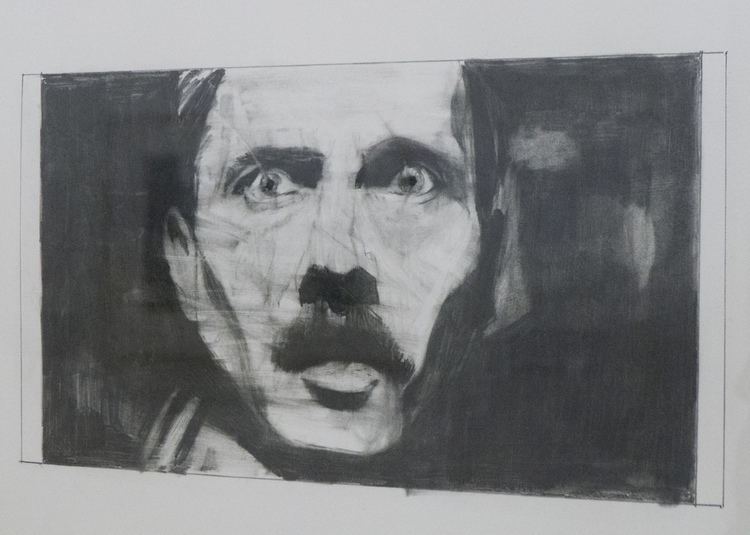 | ||
Series History of Masculinity/Geschichte der Mannlichkeit Education Rijksakademie van Beeldende Kunsten Known for | ||
Marc bauer
Marc Bauer (born May 28, 1975, Geneva, Switzerland) is an artist best known for his works in the graphic medium, primarily drawing.
Contents
- Marc bauer
- Exposition le collectionneur de marc bauer
- Life and career
- Style and technique
- Subject matter
- Solo
- Group
- Projects
- Publications
- Prizes
- Public collections
- References

Exposition le collectionneur de marc bauer
Life and career
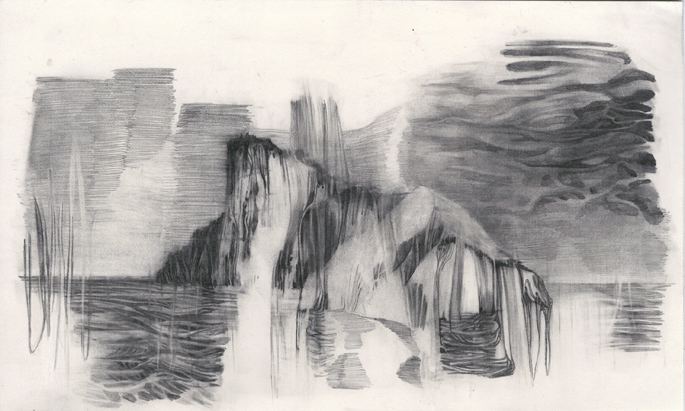
Bauer studied at the Ecole supérieure d’art visuel (now HEAD) in Geneva and the Rijksakademie van beeldende kunsten, in Amsterdam. He lives and works in Berlin and Zurich. His work has featured in numerous group shows, including at the Centre Pompidou and Migros Museum für Gegenwartskunst, and in many solo exhibitions, including at the Kunstmuseum St. Gallen, Centre Culturel Suisse, Paris, and the Frac Auvergne.

Marc Bauer is permanent lecturer painting/drawing at Zurich University of the Arts (ZHdK)
Style and technique
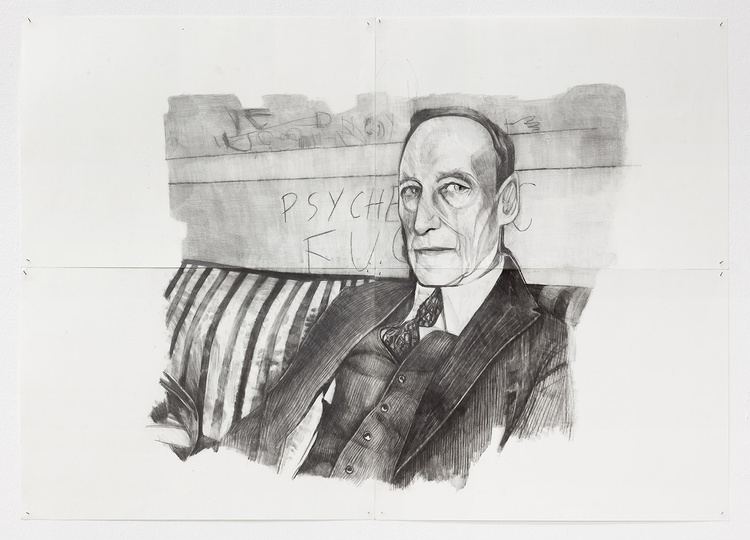
Bauer’s graphic work is rendered almost exclusively in black-and-white, a pared-down aesthetic that seems deliberately evocative of old photographs. In scale, his graphic work varies widely, from small works on paper to large-scale images comprising several sheets pieced together, to digital prints made of blow-ups of his drawings, and even enormous wall drawings, rendered directly on the wall. Other supports for his work have included ceramic vases and coated Dibond aluminium panels. Bauer often produces works in series, and his exhibitions are usually conceived as site-specific installations that address the exhibition space as a larger composition. These installations frequently include a non-hierarchical arrangement of drawings – mostly unframed – pinned onto the walls, as well as drawings (often studies for the larger works) sometimes presented in specimen display cases to be viewed from above, textual accompaniments (sometimes even drawings of handwritten material such as letters), projections of earlier graphic works, objects (usually ones featured in a drawing), and large graphic murals made on the gallery’s walls expressly for the show, which often add an illusionistic element to the overall display.
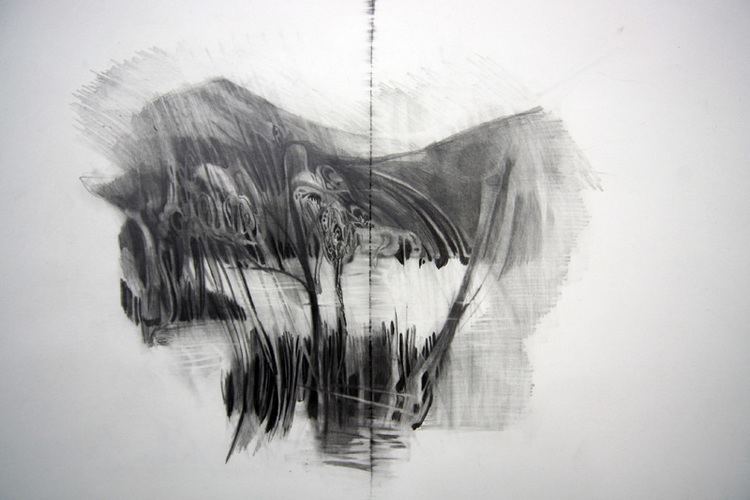
Notably, Bauer’s installations also often feature drawings from earlier series, and this “recycling” leads to their ongoing re-contextualization and serves to underscore long-running themes that are then presented in a new, sometimes topical light. A good example of this is Bauer’s continual (possibly even anachronistic) exploration of the theme of fascism, viewed most recently from the perspective of the Gurlitt case and the Nazi’s “Degenerate Art” campaign.

Visually, Bauer’s works are typically dark in tone and the contours of his figures are often blurred, through his practice of using a hard thin eraser to rub away and smear the graphite and lithographic chalk and to achieve a sense of depth. This blurring effect partly gives Bauer’s drawings their distinctive “look” and also subverts the traditional concept of the line as the defining element in the art of drawing, as in some works – especially his landscapes or images of deserted cinemas and swimming pools – the dense application and distribution of the graphite has, at first glance, a paint-like, textured appearance. This effect culminates in the technique deployed in Bauer’s animated film The Architect, in which the application of a oil paint on Plexiglas is captured in thousands of stop-motion images and even becomes a narrative element in itself which propels the story forward.
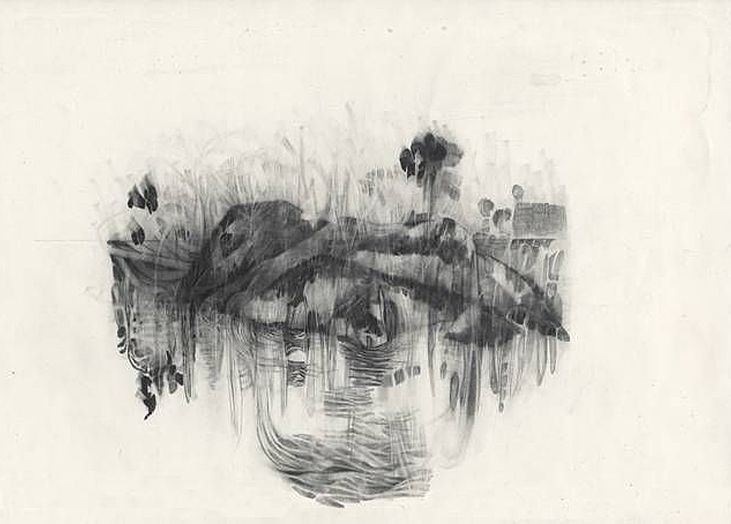
The blurring created through the repeated erasure and addition of more pencil simulates the process of remembering and forgetting that lies at the heart of Bauer’s artistic endeavour, and which is encapsulated in his statement “in order to remember, you need to forget first”. The smudging of contour also echoes techniques traditionally associated with painting, such as sfumato and shows Bauer entering into a centuries-old discourse within the history of art about the possibilities of his chosen medium, contested here not necessarily against the art of painting, but against the supposed sharpness, objectivity, and dominance of the photographic image.
Subject matter
A key recurring theme in Bauer’s art is history and memory – the personal and the collective – which he presents as closely intertwined. Some of his earliest works on paper drew from childhood memories and snapshots from family albums, featuring images of his own relations (as in the 2007 “A viso aperto” sequence from the artist’s book History of Masculinity). These were interspersed with images of historical figures from the time, such as Mussolini and Hitler. Through this juxtaposition, the power relations in the family images were infused with broader power dynamics at play among the general populace under fascism.
Over the course of his oeuvre, Bauer’s investigation of history and historiography has evolved from the primarily personal (as in “A viso aperto”) to broader social and political histories (e.g. Monument, Roman-Odessa and The will of desire) and increasingly involves him making archival research into his intended subjects beforehand. For instance, for the group show, Sacré 101 – An Exhibition Based on "The Rite of Spring", Bauer accessed the archives of the Ballets Russes to form his own personal impression of the dancer Vaslav Nijinsky and his suffering of schizophrenia. And in preparation for his show at the Aargauer Kunsthaus in 2014, Bauer’s research into Hildebrand Gurlitt’s involvement in the fate of two works by Karl Ballmer led him to access the archives at the Karl Ballmer Foundation. In both cases, Bauer’s use of the archive, usually a touchstone for objectivity, resulted in a highly subjective perspective on his subject.
The subjective view on a historical topic is also achieved through Bauer’s frequent invention of characters that provide a narrative structure for his series of drawings. These characters are often teenage boys or young men (as in In the Past, Only, Le Quartier, Quimper, and The Architect), whose actions convey a sense of latent violence and repressed (often homoerotic) desires. The narrative element in Bauer’s work is further buoyed up by his repeated appropriation and reworking of well-known films, notably the iconic black-and-white images of silent cinema (Battleship Potemkin in Monument, Roman-Odessa, Nosferatu in The Architect), but also more recent, colour films such as Planet of the Apes, and La Jetée in Fragments of 29 Minutes, 1963. In his use of such sources, Bauer usually selects key images from the film and reworks them as graphically rendered stills. Shown in an elliptical sequence, these series adopt cinematic editing effects that require the spectator to piece together the narrative in their mind, while also tapping into the spectator’s collective consciousness, in a process that “explores the way popular culture constructs its myths and symbols”.
A similar effect is achieved through Bauer’s practice of culling images from historical photographs. These can range from intimate portrait shots (Martin Heidegger in the work Die Grosse Erwartung von M.H.), to school-photograph-like group portraits, and images of famous historical figures such as Pope Benedict XVI or Goebbels. These portrait drawings nearly always bring attention to the fact that they are derived from photographs and that the sitters are conscious of being portrayed. As such, Bauer can be said not only to reference specific photographs, but also the medium of photography itself as means of capturing moments in time. Accordingly, the atmosphere of Bauer’s drawings often convey a characteristic sense of stillness (even when the figures are depicted in motion) and of the images’ “mediatedness”. This exploration of the concept of capturing time is reflected in his recurring interest and depiction of still lifes. By using the medium of drawing, in which each work is the result of a slow process formed by the continual interaction between the eye, mind, and hand, Bauer creates images that are in many ways more “still” than they appear in the photograph on which they are based or if they were shot by camera.
